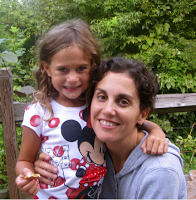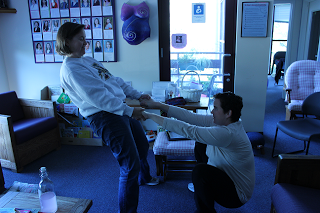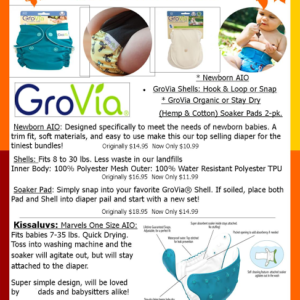New Arrivals
*Benjamin Edward Hammell – 8 lbs., 2 oz. – December 10 * Elise Maria Tully -7 lbs., 4 oz. – December 30 Townes Augustine Kusterer – 7 lbs., 5 oz. – December 30 *Gillian Kate Farmer – 7 lbs., 12 oz. – December 31 Keigan Matthew Angell-Hinson – 6 lbs., 14 oz. – January 2 Elyse Jonae Frierson – 7 lbs., 1 oz. – January 3 Roxana Sol UySmith Eesa Ibrahim Yahya Minort – 7 lbs., 9 oz. – January 7 Max Abraham Given – 7 lbs., 2 oz. – January 8 Daniel Christopher Bowden – 10 lbs., 1 oz. – January 8 Malcolm Alexander Robertson – 7 lbs., 4 oz. – January 8 Beatrice Lee Strutz – 8 lbs., 1 oz. – January 9 Anne Meadows Johnston – 8 lbs., 2 oz. – January 9 *Maxton Nicholas Chetty Hilliard – 6 lbs., 14 oz. – January 11 Ione Violet Crawford – 7 lbs., 1 oz. – January 11 Judah Ray Overton – 7 lbs., 11 oz. – January 16 Sebastian Brock Heineman – 8 lbs., 8 oz. – January 17 Luna Mae GreenCook – 6 lbs., 9 oz. – January 18 Lyon Emmanuel Harris – 5 lbs., 14 oz. – January 21 Kerickson Fox Reynolds – 7 lbs., 3 oz. – January 21 Asher Moffat Gowen – 8 lbs., 3 oz. – January 22 *Caden James Mebane – 8 lbs., 8 oz.- January 23 Faith Elizabeth Hoots – 7 lbs., 9 oz. – January 26 Mikayla Brooklyn Snyderman – 6 lbs., 15 oz. – January 27 Zera Ruth Cizek – 7 lbs., 12 oz. – January 28 Lucie Lyn Bratsman – 7 lbs., 2 oz. – January 28 Elias Alan Tompkins – 8 lbs., 5 oz. – January 29 Elena Bea Shafer – 7 lbs., 7 oz. – February 1 Norah Cathryn Stauffer – 8 lbs., 14 oz. – February 2 Isaac Eytan Hans – 9 lbs. – February 5 Daphne Avery Larrimans – 5 lbs., 14 oz. – February 5 Miles Elliott Hanner – 7 lbs., 13 oz. – February 7 Lillie Ellen Wilkinson – 7 lbs., 9 oz. – February 8 William Holt Harrington IV – 8 lbs., 14 oz. – February 10 *Blake Alexander Maldonado – 7 lbs., 5 oz. – February 10 Brielle Lorin Leedom – 8 lbs., 14 oz. – February 11 Titus Gabriel Garduce – 8 lbs., 8 oz. – February 12 Isaac … Read More






